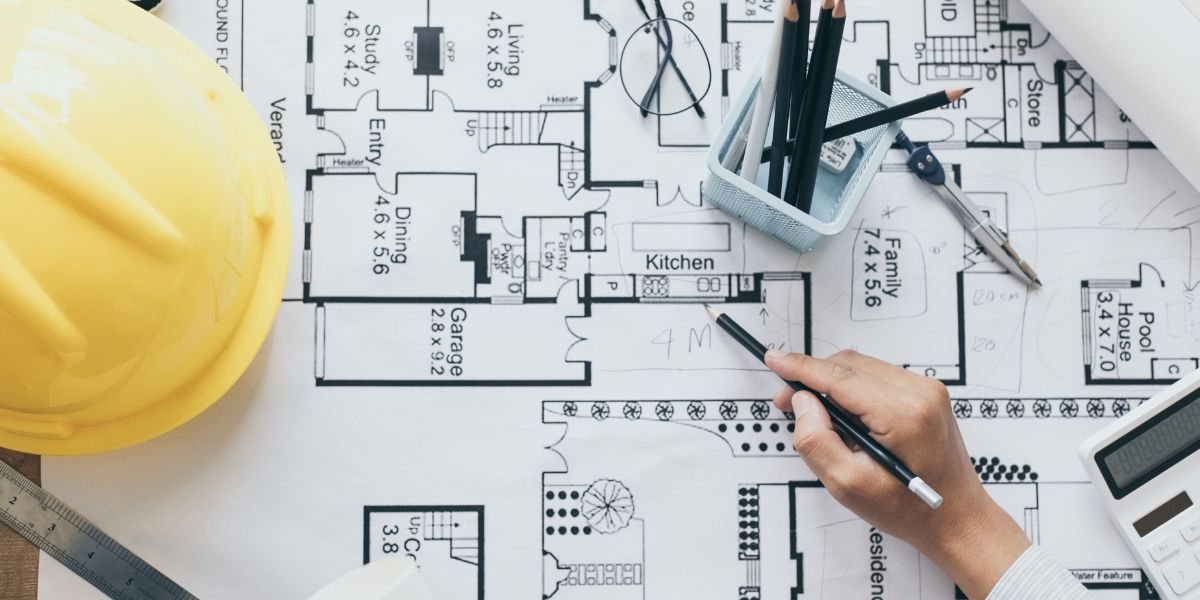MEP systems are the cornerstone of each successful construction project’s support system. MEP systems guarantee a building’s efficiency, functionality, and safety when correctly designed and installed. Nonetheless, a few typical errors can seriously harm building projects. In this blog, we will examine the five specific MEP blunders to avoid them and offer advice on how to deal with these difficulties.
5 Common Mistakes of MEP Contractors
Error 1: Ignoring Early Coordination
One of the most common mistakes in MEP design services is failing to start early collaboration among various project teams. When MEP systems are neglected, conflicts between architectural and MEP components may arise, which could impede the design and building process. Successful collaboration among all stakeholders is ensured when integrated design is prioritized from the beginning of the project.
This method maintains your project on schedule, lowers disagreements, and lessens the need for rework. Time savings and better cost control are two benefits of effective coordination, which eventually raises the caliber of the project as a whole.
Error 2: Inadequate Design Documentation
Inadequate paperwork during construction, especially plumbing system design support, can result from miscommunications, hold-ups, and arguments. MEP design documentation must be accurate and precise for a project to be completed successfully. A highly skilled and quality-focused team lowers project risks in the construction process by ensuring that every design is supported by complete and correct documentation.
Good illustrations and specifications are a point of reference for all project participants, guaranteeing agreement from the beginning of design to the end of implementation. This reduces mistakes and misconceptions while encouraging transparency.
Error 3: Poor Budgetary Planning
A significant mistake is failing to set aside a sufficient budget for the MEP systems. Inadequate funding can lead to several challenges. Planning a budget effectively goes beyond the project’s start-up costs.
Ensuring your project is financially feasible over the long term involves projecting maintenance and energy costs. Here’s where lifetime and operational cost analysis help you make the right choices early on.
Error 4: Choosing Too Large or Too Small Equipment
Proper equipment sizing is essential to MEP design services and significantly impacts a building’s overall performance and efficiency. Equipment that is either too large or too small might result in several issues and related expenses. Oversized equipment has three adverse effects – higher starting costs, higher energy use, and worse comfort control.
For instance, extensive HVAC systems cycle the equipment frequently, which can cause problems like inconsistent temperature management and high humidity levels. On the other hand, undersized HVAC systems operate poorly and cause discomfort when they are unable to fulfill the building’s demands during peak occupancy. Undersizing electrical components can result in voltage descents, power outages, and safety risks.
Ensuring the equipment is appropriately sized for the project’s unique requirements is the key to avoiding these hazards. Competent MEP engineers use load calculation techniques to ensure equipment size is correct. This improves the project’s effectiveness, reliability, comfort, and long-term success.
Error 5: Lack of Testing and Quality Control
Inadequate quality control procedures can result in poor installations, compromised system functionality, and increased maintenance requirements. Ensuring high-quality MEP systems begins in the early stages of project design. But, for a comprehensive quality assurance package, the MEP quality control process must last through the design and construction phases and into operations, especially in plumbing system design support.
From project inception to building operations, quality control procedures guarantee that the MEP design plan satisfies the owner’s objectives and that the construction process fulfills those expectations. Quality control’s significance has increased dramatically in today’s high-performance structures. It is now a necessary step in many countries’ building design, permitting, construction, and acceptance processes.
Establishing a solid quality control program that covers the whole design and construction process is essential. This includes routine MEP installation inspections by trained specialists, strict adherence to industry standards and rules, and a comprehensive assessment of equipment performance. Furthermore, testing and quality assurance must be followed to ensure all MEP systems are operational before project completion.
Final Takeaway
Achieving a sound project completion requires avoiding these five MEP mistakes. Understanding these possible hazards and taking proactive measures to prevent them will significantly increase the longevity and effectiveness of your projects. To get excellent building results, it is essential to maintain strict quality control, stay up to date, and coordinate early. Avoid these MEP errors from the start to ensure the smooth progress of your projects.




